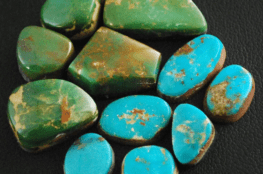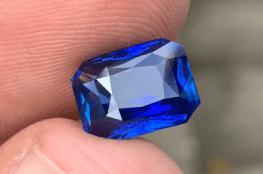Introduction to Tanzanite
Tanzanite, a member of the zoisite family, is celebrated for its captivating blue color. Discovered in 1967 in Merelani, Tanzania, by a Masai tribesman, this gemstone is characterized by its transparency and intense blue crystals. Although tanzanite is naturally reddish-brown, heat treatments transform it into the stunning blue to violet color that has enthralled the jewelry market.
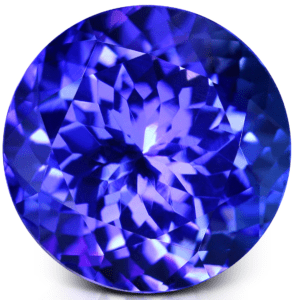
Market Presence and Popularity
Tanzanite quickly gained popularity due to vigorous promotion by dealers. Particularly in the early 1990s, tanzanite-set jewelry became a sensation as the supply stabilized and prices became more accessible. The availability of small, affordable stones played a significant role in expanding its market reach.
Mining Evolution and Modernization
In the beginning, mining conditions in Merelani were perilous. However, in 2003, African Gem Resources Ltd. (AFGEM) acquired the Merelani mine and introduced substantial upgrades. The mine was modernized with well-supported shafts, ventilation systems, and flood prevention measures. An emergency clinic was also established on-site. This modernization led to the production of approximately 800,000 carats of gem rough within six months.
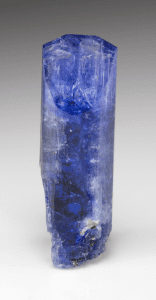
Quality and Characteristics
Tanzanite’s value is primarily determined by its blue hue, though the quality can vary. Larger tanzanites with fine quality are scarce and highly prized, whereas smaller stones usually have lighter colors.
Pleochroism in Tanzanite
One of the fascinating properties of tanzanite is its pleochroism. This means that the gemstone can display different colors when viewed from different angles. In natural light, tanzanites can appear almost sapphire blue, while under fluorescent light, they may appear more violet or amethyst-like. This pleochroism adds to the allure and uniqueness of tanzanite.
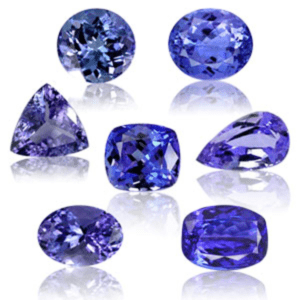
Valuable Colors and Varieties
The most coveted tanzanites are those that exhibit a rich blue color. However, tanzanites showing more violet are valued lower than the bluer counterparts. Medium-dark tones are considered ideal. Custom cuts can also add value to the gemstone. It’s important to note that while blue tanzanites are highly valued, other colors such as green, yellow, and pink are considered rare and are sought after by collectors.

Challenges in Tanzanite Production
The production of tanzanite has not been without challenges. Natural calamities, such as the catastrophic flooding in Merelani in 1998, disrupted the steady supply of tanzanite. Additionally, an influx of lower-quality material due to overproduction in Jaipur, India, in 2001, impacted prices.
Smuggling and Regulatory Issues
Tanzanite mining has faced smuggling issues. Tanzanite rough often crosses the border into Kenya, where smugglers sell it at inflated prices, evading the Tanzanian government’s regulatory efforts.
Sources of Tanzanite
Merelani Hills in Tanzania is the sole source of tanzanite. The mines here are divided into four blocks, but there is no discernible difference in quality between them. Other sources of gem-quality zoisites include the United States, Austria, Finland, Germany, Mexico, Pakistan, Russia, and Scotland.

Care and Maintenance
Tanzanite, with a hardness ranging from 6 to 7, is somewhat delicate due to its tendency to cleave and its brittleness. It is best suitedfor occasional wear or should be set in protective settings to minimize the risk of damage. When cleaning tanzanite, it is advisable to use a soft brush, mild detergent, and warm water. Avoid using ultrasonic cleaners or exposing the gemstone to sudden temperature changes as this can cause damage.
Conclusion
Tanzanite is a gemstone that has captivated the world with its mesmerizing blue color and rarity. Despite the challenges in its production and the delicate nature of the gem, tanzanite continues to be a highly sought-after stone in the jewelry market. Its unique properties, such as pleochroism, and historical significance make it a treasured addition to any collection. For those who own or are considering purchasing tanzanite jewelry, it is essential to handle it with care to preserve its beauty and value.


